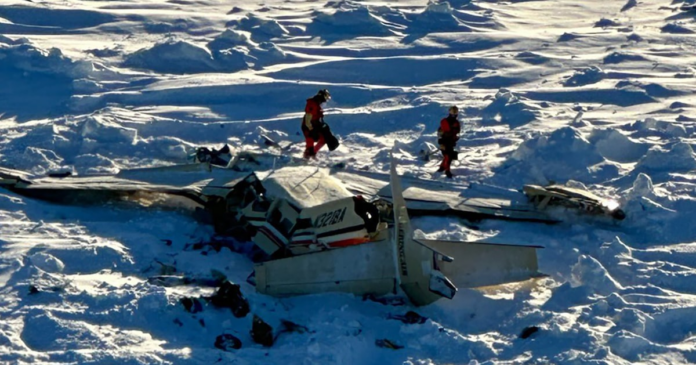Create your free profile or log in to save this article
Create your free profile or log in to save this article
A Cessna plane that crashed while as it was flying to Nome, Alaska, last month, killing all 10 people on board, was hundreds of pounds too heavy for icing conditions, a National Transportation Safety Board report says.
The Bering Air flight was traveling from Unalakleet to Nome on Feb. 6 when it crashed.
Calculations after the crash showed that the cargo gross takeoff weight at departure was 9,865 pounds — about 1,058 pounds heavier than the maximum for forecast icing conditions, the NTSB said in a preliminary report.
Records show the aircraft was using a payload extender, and that weight made it 803 pounds over the limit for any flight operations with that system, the report said.
“A senior NTSB aerospace engineer will conduct a detailed review of the airplane’s performance as part of the investigation, including an evaluation of the airplane’s center of gravity location,” the report released Wednesday said.
Bering Air did not immediately respond to a voicemail and an email requesting comment.
The Cessna 208B took off from Unalakleet, on the coast of Norton Sound in western Alaska, at 2:37 p.m. Feb. 6, headed for Nome, which is about 140 miles away.
It did not arrive, and searchers found the wreckage on a large floating icepack on Norton Sound, southeast of Nome, the next day, the NTSB report says.
Federal Aviation Administration


